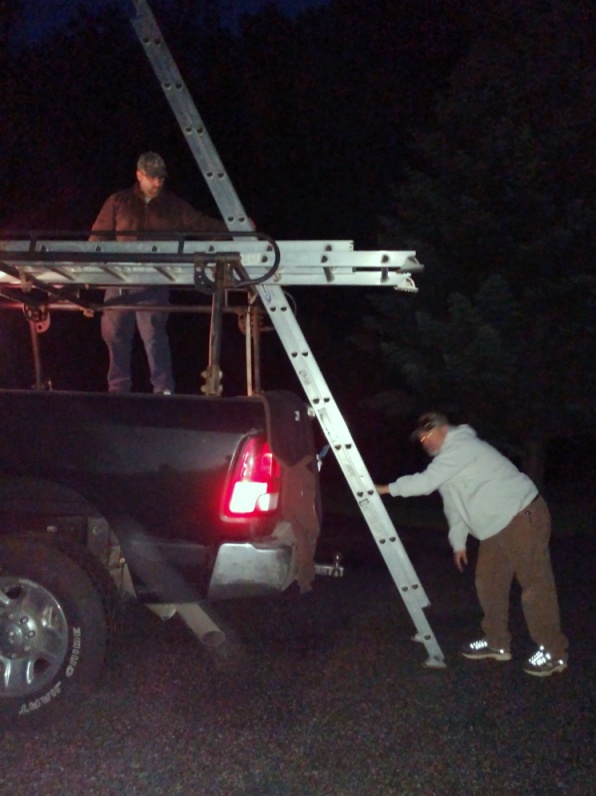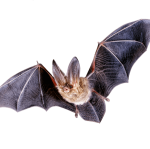Is it a Good Idea to Trap a Bat in a Cage?
While you can remove many types of nuisance wildlife from your home through trapping and relocation, this method doesn’t apply to bats. Trying to catch bats is illegal, ineffective, and any attempts to trap them will only result in serious harm to the animals. Handling trapped bats also pose health risks to you, as they carry diseases and parasites that can be passed on through bites or contact.
Why you shouldn’t trap bats
It’s illegal to capture bats in the United States, and that includes trapping bat in cage. Even if you aren’t concerned with the legal ramifications, there are still several problems with trying to catch bats.
The first problem, as you may note, is that bats are predominately airborne. Trapping a flying mammal in a cage isn’t the easiest thing to do.
Even if you set up a trap in the attic, you’d need to find a way to coax them inside. They eat flying insects in mid-flight, so getting them to crawl into a cage to take the bait isn’t going to work.
There are ways of trapping bats, however, such as installing exclusion traps over the main access points to their roosting area. The problem here is that you then have a colony of bats with nowhere to go. Trapped bats are at risk of injury, are exposed to the elements, and will now be hungry all night while you work out what to do with them.
Which brings us to the next problem: even if you were to trap the bat, what would you do with it? It’s illegal to kill them, and relocation is pointless

As bats can find their way home even if you take them up to 500 miles away. The remaining option then is to release the bat in your yard, only to have it fly straight back into the attic.
There are far better (and legal) ways of dealing with bats. If you are serious about getting rid of bats in your home, then look at performing bat exclusion.
Use bat exclusion methods instead
Bat exclusion is the most effective way of removing bats from a building. When carried out correctly, it not only deals with the current problem but also prevents bats from roosting again in the future.
To exclude bats from your home, you’ll need to find out where they are getting in and out. You can do this by observing them at dusk when they head out for food. Then it’s as simple as sealing up all the access points except for the main one. Install an exclusion door or bat netting over this last entrance. The purpose of the exclusion door is to allow the bats to leave but prevent them from re-entering. No need for cages, trapping, or for you to come directly into contact with them. Once the bats are out, they will relocate to another area on their own.
Select Your Animal

Raccoons
Raccoon Removal Information & How-To Tips

Squirrel
Squirrel Removal Information & How-To Tips

Opossum
Opossum Removal Information & How-To Tips

Skunks
Skunks Removal Information & How-To Tips

Rats
Rat Removal Information & How-To Tips

Mouse
Mouse Removal Information & How-To Tips

Bat
Bat Removal Information & How-To Tips

Bird
Bird Removal Information & How-To Tips

Snake
Snake Removal Information & How-To Tips

Beaver
Beaver Removal Information & How-To Tips

Mole
Mole Removal Information & How-To Tips

Vole
Vole Removal Information & How-To Tips

Gopher
Gopher Removal Information & How-To Tips

Rabbit
Rabbit Removal Information & How-To Tips

Woodchuck
Woodchuck Removal Information & How-To Tips

Flying Squirrel
Flying Squirrel Removal Information & How-To Tips

Chipmunk
Chipmunk Removal Information & How-To Tips

Coyote
Coyote Removal Information & How-To Tips

Fox
Fox Removal Information & How-To Tips

Wild Hog
Wild Hog Removal Information & How-To Tips

Dead Animal
Dead Animal Removal Information & How-To Tips